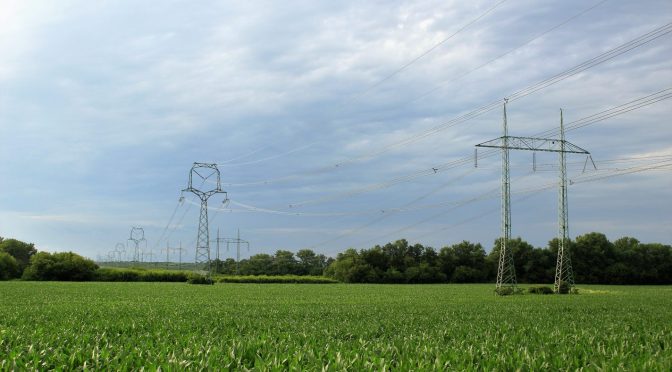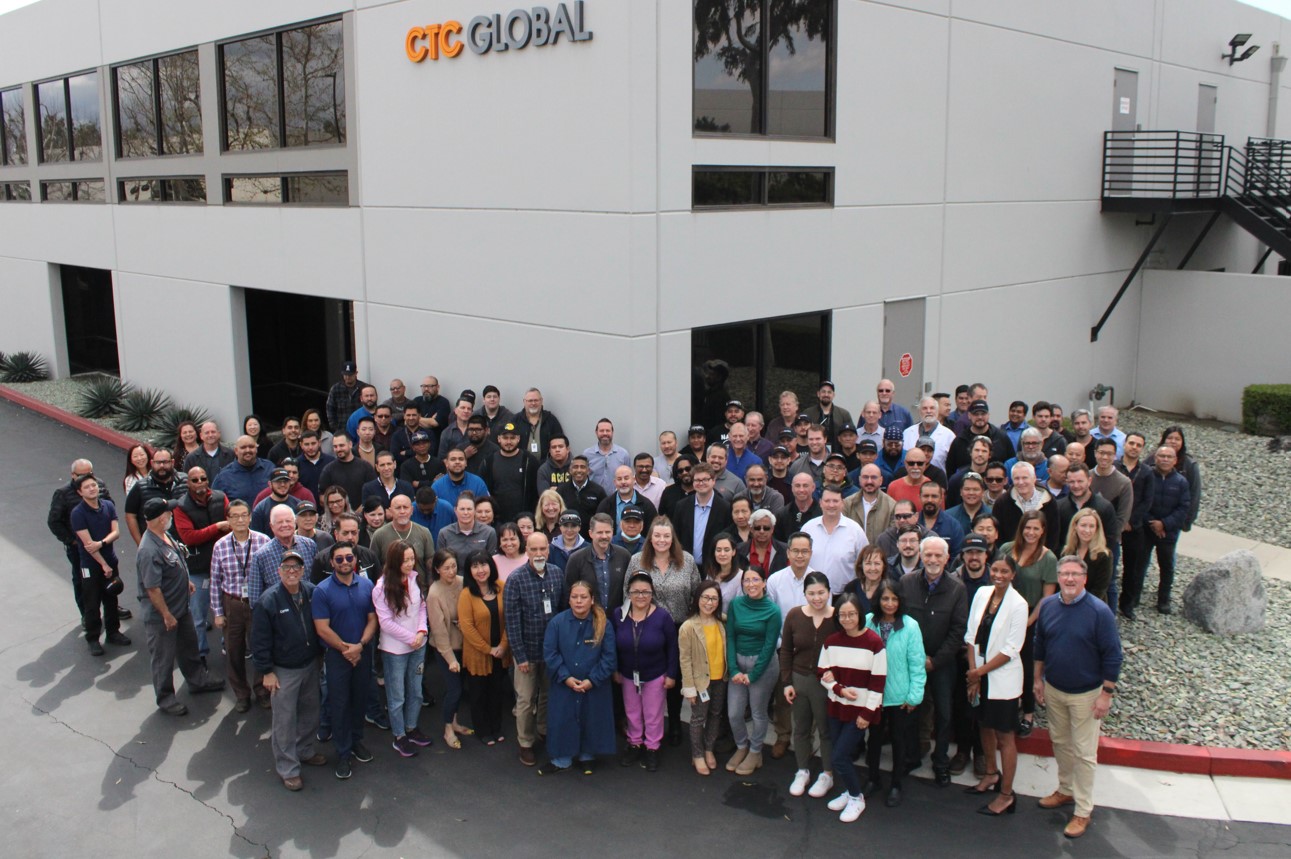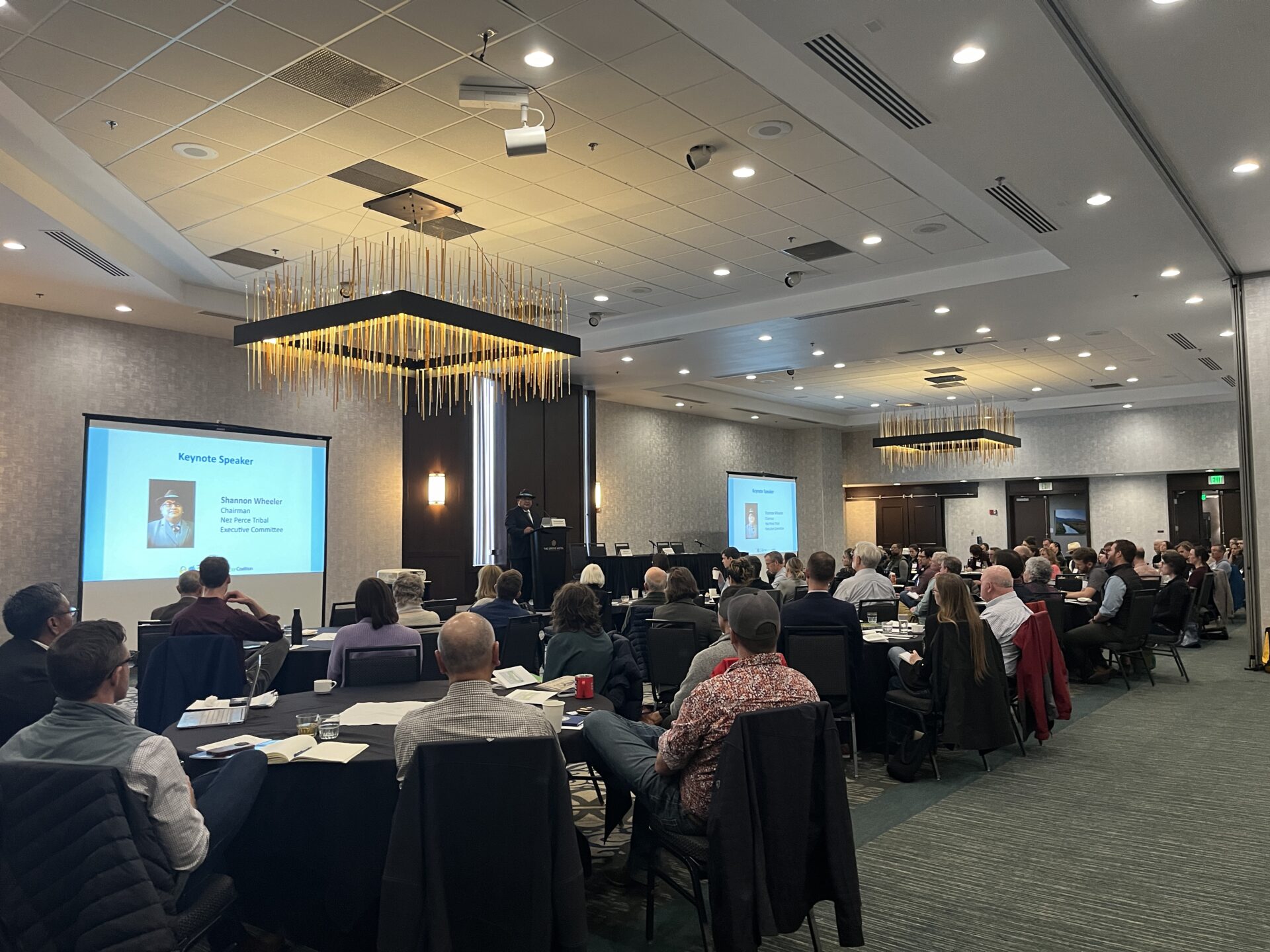As we look towards the future of electricity, it is important to understand the current issues being faced. Most of the focus has been on the improvements of the way electricity is produced, but it is also important to look at another issue that releases nearly a billion tons of extra carbon dioxide into the earth’s atmosphere every year. According to a study in August 2019 by researchers Sarah Jordaan and Kavita Surana, inefficient transmission and distribution infrastructure results in a high rate of line losses by the time electricity reaches a customer.
Line Losses
According to the U.S. Energy Information Administration, electricity transmission and distribution (T&D) losses are on average about 5% of the electricity that is transmitted and distributed annually in the U.S. The percentage of energy lost in developing countries is even higher, but developed countries such as the U.S. and China produce much more greenhouse gas emissions overall. In Jordaan and Surana’s study, it is suggested that losses reduced to 3.2% in the U.S. can result in a decrease of 29 million metric tons per year of greenhouse gas emissions. This is the equivalent of removing over 6.3 million cars from the road.
ACCC® Reduces Line Losses
ACCC® Conductors are helping reduce line losses in the U.S. and in over 50 other countries around the world. As we help developing countries improve infrastructure and generate electricity in some areas for the first time, we are dedicated to improving existing infrastructure in developed countries as well. The ACCC® Conductor reduces line losses by up to 40% compared to conventional conductors of the same size and is also the first electric transmission conductor to earn an SCS certification for CO2 emission reductions resulting from improved energy efficiency. The conventional steel reinforced ACSR conductor, originally developed in 1907, is currently utilized in most electric transmission and distribution power lines. Very little advancements have been made to steel core conductors and compared to the ACCC® Conductor they have less efficiency, capacity, reliability, and resiliency. As a society, we are consistently looking towards technological advancements to power the future. When it comes to the transmission and distribution industry, why not look at the most advanced conductor on the market to power us into the future?






